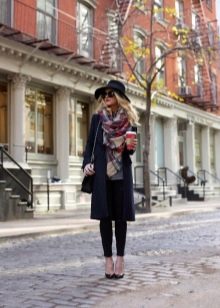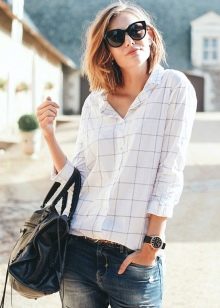How to choose sunglasses?

Accessories should not be underestimated as they can transform or even ruin a carefully crafted look. One of these accessories is sunglasses, which you need to be able to choose the right one.



Which sun models are best?
Not all glasses are equally good at protecting the eyes from harmful radiation. There are several types of glasses:
- Cosmetic glasses do not protect the eyes at all, and darkened models even increase the harm. They are used to create an appropriate image and are just a stylish accessory.
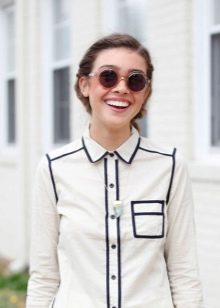

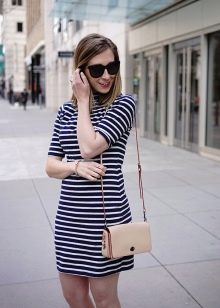
- Ordinary glasses have average protection rates and can be used by residents of the middle lane.




- Sunscreen models with high protective characteristics are suitable for areas with ozone anomalies, high mountains, arctic regions.

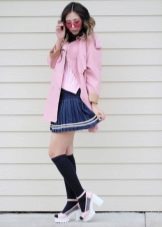


The correct glasses must meet the following parameters:
- Large frames that are close to the face, large lenses, rather wide temples - glasses with such characteristics will provide reliable protection for the eyes.



- A form-fitting frame is another feature of good glasses that can provide reliable eye protection. Due to the curvature of the lines on the frame, the glasses will fit more closely to the face, which means that the light will not be able to reach the eyes. The disadvantage of such glasses is the impossibility of installing lenses with diopters.
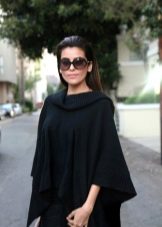



Face shape selection
The correct choice of glasses will allow you not only to complement your image, but even to correct the contours of the face and skillfully hide some of its shortcomings. Each type of face requires a different approach to the choice of glasses.




- For a face with a triangular shape, you need to choose glasses with a thin frame. Such an accessory will help balance the lower part of the face. Glasses with large decor are inappropriate in this case. But even if you really liked such a model, then you need to wear such glasses so that they do not cover the eyebrow line.



- Persons with a rectangular and elongated shape require the choice of glasses that will cover the central part of it, as well as have a frame that is stretched in width.


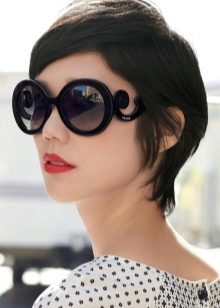
- A square face will look good with trapezoidal glasses that flare upward. Such an accessory should be located high on the bridge of the nose.
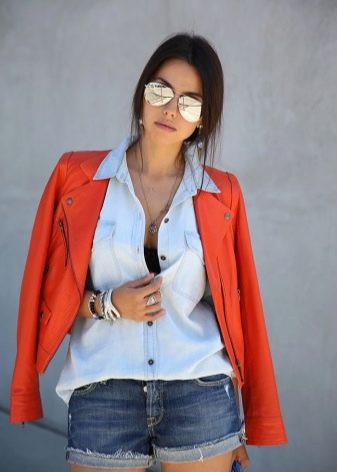

- For a round face, choose glasses with straight or angular frames. Deep color models should not be neglected. Trapezoidal glasses can also be considered by chubby fashionistas.


- People with an oval face shape are in luck as they can choose from almost any shape of glasses. But the proportions of lenses and frames in relation to the size of the face must be strictly observed.



- People with a tiny, neat nose should wear glasses high on the bridge of their nose. If there is a need to slightly reduce the size of the nose or correct its shape, then the glasses should be located approximately in the middle of it.
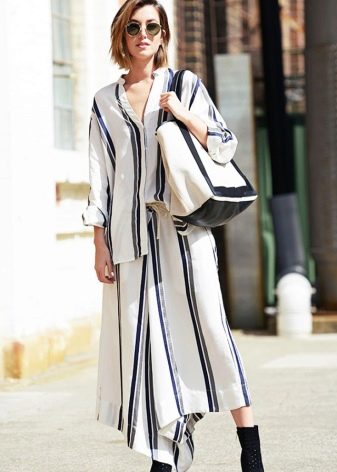

Selection criteria upon purchase
When choosing sunglasses, many different parameters are taken into account, each of which is of great importance for the comfortable wearing of such an accessory and for providing protection for the eyes from the sun's rays. None of these parameters should be overlooked.




Lenses
Various types of lenses can be installed in sunglasses, which determine the scope of use of the accessory and the level of its protection. For example, polarized lenses are great for fun on the water, so they are often included in beach looks and are included in fishing gear. Such glasses have the ability to not let light through themselves, which is reflected from the water surface. Polarized lenses are becoming more and more popular, relegating conventional lenses to the background. They can be presented in different colors, as well as have a different composition, and, consequently, a different set of additional characteristics. For example, you can buy single vision or progressive, impact resistant or high refractive glasses.


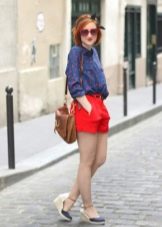

Photochromic lenses are equally good. When exposed to ultraviolet light, these lenses become dark in color, and when they are indoors, they become transparent. These glasses are an excellent option for people with poor eyesight. They replace sunglasses and regular glasses that improve vision. It is a pity that photochromic lenses lose their unique ability while in the car. In this case, only DriveWear lenses, which have been specially designed for motorists, work.



Do not write off ordinary lenses, which are given a variety of shades. Gray, brown are standard options that can be called classics. Designers are constantly proposing new color trends, for example, this season, copper lenses, coral and soft blue are at risk of becoming popular. The choice of lens color must be deliberate and thoughtful. It is not recommended for motorists to buy dark glasses that reduce contrast and make driving a problem. Tinted lenses, which let 8 to 30% of sunlight through, are the most sought after. Regardless of the intensity of staining and the color of the lenses, protection for the eye from harmful radiation must be one hundred percent.


Lenses can be mirrored or colored with a gradient. Both of these options are popular for several seasons in a row. In the case of a mirror finish, the eyes are completely hidden from the outside world. These lenses are not harmful to the eyes.
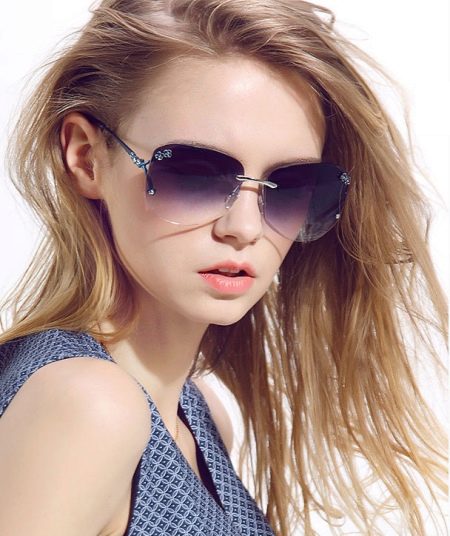
Lens color
- Glasses with colored lenses look unusual and attract the attention of fashionistas every season.But such glasses need to be chosen correctly and know about their features.
- If, during the fitting of glasses with colored lenses, the colors of the surrounding world have changed significantly, then such an accessory is a fake. Quality lenses retain their natural colors without altering or distorting them.
- Gray and green lenses are suitable for everyday use. This also includes glasses with chameleon lenses, which can change their color depending on the degree of illumination.
- Glasses with golden yellow lenses are good for cloudy weather because they have the ability to block blue.
- The polarized lens type, as noted above, is suitable for recreation on the water and in the mountains.
- Mirrored glasses reflect light very well.




Lens material
Several basic materials are used to create lenses:
- The glass makes the glasses absolutely safe, as ultraviolet rays do not pass through these lenses.
- Plastic is lighter than glass, but not as safe. Moreover, plastic lenses deceive the eyes due to the existing darkening. The pupils do not constrict, and this puts additional strain on the eyes.
- Polycarbonate.
- Acrylic.



Lens protection type
The choice of glasses must also be carried out according to the type of lens protection. The labeling must indicate the category to which the lenses belong.

"0" are lenses with minimum shielding that are capable of transmitting 80 to 100% of light.
Lenses marked "1" and "2" are capable of transmitting from 43 to 80% and from 18 to 43% of the radiation, respectively. Such glasses can be used exclusively in urban environments.


Designation "3" indicates the ability of lenses to transmit from 8 to 18% of radiation. Such an accessory can be taken at sea or for fishing.

Residents of hot countries and those who like to conquer mountain peaks need to choose glasses with lenses from the fourth category. Such lenses can transmit no more than 8% of the radiation.



Frame
Lenses are not the only part of the design of glasses. The frame also plays a significant role in the choice of glasses and their further use. The nylon frame has excellent performance. It bends well, but at the same time it always takes its original form. But plastic frames break quickly. To make such frames more reliable, manufacturers place a metal frame inside the plastic.

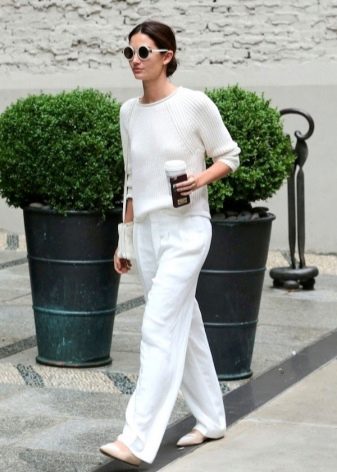
Good glasses cannot have a rigid frame that badly changes its shape and, even worse, returns to its original position. Before buying the frame on the glasses, you need to bend a little and check the mounts. When trying on, you need to pay special attention to the discomfort that glasses bring. If there is even the slightest pressure on the bridge of the nose, temples or ears, then in the future these sensations will only intensify. Tilt your head, in this position the glasses should not move out.


Nowadays, more and more often, frames have an anti-allergic coating, which is a real salvation for allergy sufferers.

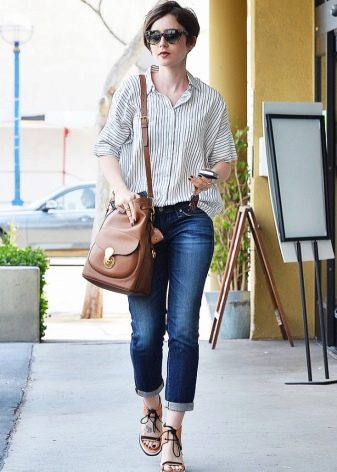
Convenience
The shape of the glasses directly affects the comfort that will be provided while wearing them. During the fitting, you need to pay attention to the following points:
- The load exerted by the ear hook should be evenly distributed over and over the ear. No pressure can be exerted on the temples.
- The load from the lens frame can be directed solely to the nasal bone and not to the cheeks.
- The nasal supports should fit exactly to the nasal bone and follow all its contours.
- All the discomfort that glasses bring will persist throughout the entire operation. Glasses do not wear out or change their shape. Even a slight deformation of the frame will not make the glasses more comfortable.


How do I know the size?
All high-quality glasses have their sizes indicated. But many do not know about this or cannot decipher the indicated numbers. The size can be located on the inside of one of the temples, most often on the left, or on the bridge of the nose.The size of the glasses consists of three numbers, each of which denotes a specific parameter. These numbers can be separated from each other by spaces or squares. The sizes of glasses are always indicated in millimeters.
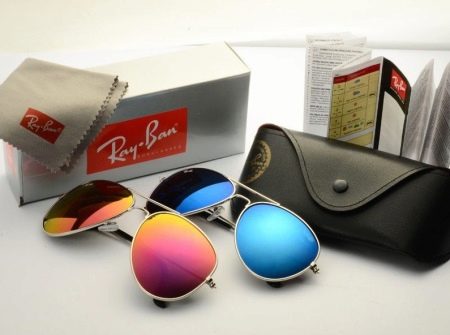
Now it's time to familiarize yourself with the meaning of each number in the size of points:
- The first number displays the lens width or lens width.
- The second number indicates the width of the bridge, which is located on the bridge of the nose, or the nose bridge distance.
- The third number indicates the total temple length or temple length.

Some manufacturers indicate the size of the frame or frame size, which greatly facilitates the choice and allows you to choose glasses that will perfectly fit you. The frame size consists of four numbers, each of which is responsible for a specific parameter:
- The first value hides the frame width or frame width.
- The second value displays the size of the bridge or bridge.
- The third number indicates the temple length or temple length.
- The fourth value indicates the height of the frame or frame heigth.

How to define quality?
Glasses are not just an accessory that will complement your look. First of all, it is a means of protection. To be sure that your eyes do not really suffer from the sun and harmful radiation, you need to know how to distinguish from a fake and buy quality glasses.
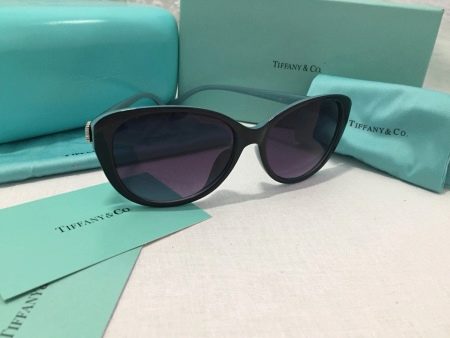
To do this, you will need to follow a few simple rules:
- Verification of the originality is carried out by comparing the logo and the brand name, which is applied to the label and the inner side of the temple. Many manufacturers put the name on the lens as well. There should be no differences in the name and image of the logo. The label must contain complete information about the manufacturer (country, name of the company, address and contact phone number).
- A selection of stores with a positive reputation that present original products from well-known brands. It will not be superfluous to study the reviews of the alleged store.

- You won't surprise anyone with fake stickers, so you need to study the certificate that the seller must provide at your request. The certificate must contain complete information not only about the manufacturer, but also about the characteristics of the glasses.
- When studying the certificate, you may come across a number of designations, the meaning of which may not be clear to you. In order not to buy a pig in a poke, you need to remember the meaning of the basic designations. The abbreviation UVA stands for protection against type A ultraviolet radiation, which damages the lens and retina and also contributes to the development of cataracts. UVB refers to protection against B radiation, which affects the cornea and impairs vision. Good glasses must perform well. But if you find a 100% indicator on glasses with plastic lenses, you should be wary, since only glass can have such a feature. A good indicator for plastic is protection at the level of 80-90%.
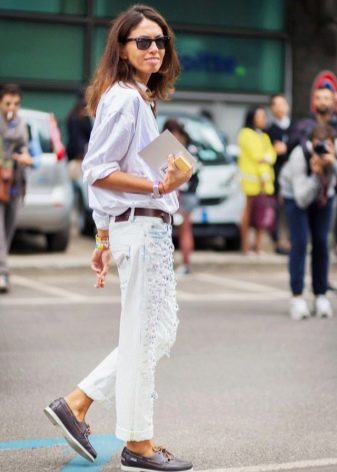




How to care and clean?
Glasses require special care and attention, only in this case they will retain their original appearance for a long time and will serve you for a long time.
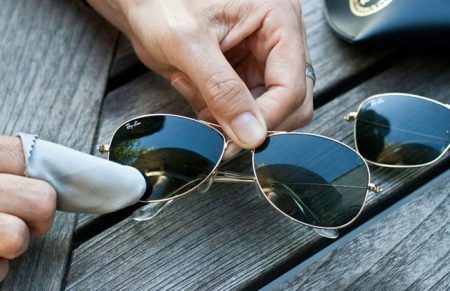
The rules for the care of your glasses are simple:
- To store your glasses, you need to buy a semi-hard case or hard case.
- Do not place your glasses on a table, bedside table or any other hard surface with the lenses facing down. In this case, the lenses can be easily scratched.
- To wipe the lenses, you need to have fluffy material or thin suede on hand. You can store it in your glasses case to keep it close at hand.
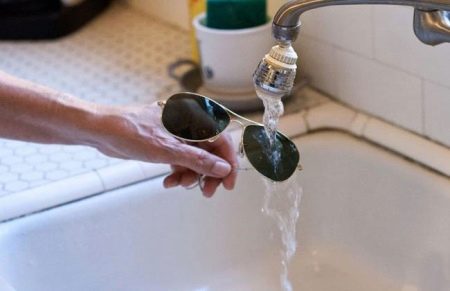
You shouldn't look at the sun, no matter what dark glasses you are wearing.

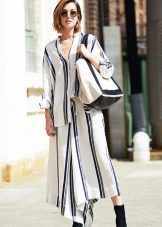


Stylish looks
Gradient trapezoidal glasses fit very well for this girl's triangular face. The glasses do not hide the eyebrows; the proportion between the size of the accessory and the parameters of the face is observed.

Mirrored glasses in this look are a highlight that dilutes the severity of the clothes.The image is created from black and white flowers, which are present even on the frame. And only due to expressive lenses such a combination of colors becomes more vivid and expressive. Still, glasses are of great importance and can radically change any image.
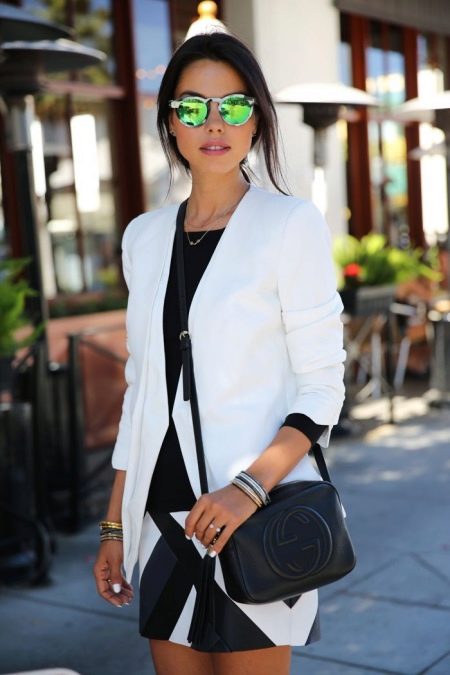
And some more stylish looks.
